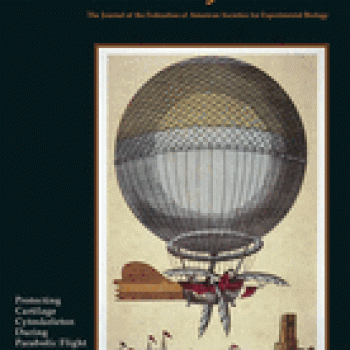Publication Information

Animal source foods (ASF) are important sources of bioavailable micronutrients often lacking in the diets of young children. Young Lives is an international study of children growing up in poverty. The monetary value of 32 food groups bought or home produced and eaten during the preceeding 2 weeks was reported by 2049 families with children 6-18m in 20 districts of Peru. Cost was converted to US$/month. Median family consumption of food was valued at $82.6/m. 77.7% of food was purchased. Home production consisted mainly of grains, tubers, and pulses, all red meat, poultry and fish was purchased. Only 2.4% of households reported no ASF but the median per capita, (children and adults >5yrs) expenditure varied from $0-$60.7/m, median $6.6/m. Per capita, urban families spent median $8.1/m, range $0-$60.7; rural families median $4.2/m, range $0-$45.1. Eggs were the most common reported ASF, consumed by 90.1% of urban (U) and 81% or rural (R) families. For other groups of ASF % consumption was: Red meat U 71.2%, R 55.5% rural; poultry U 83.3%, R 49.9%, fish U 66.5%, R 31.6%, cheese, yogurt, butter urban U 60.4%, R 42.7%. The value of animal source foods eaten was associated with total value of food acquired, educational level of the mother and wealth index. Most families had access to one or other animal source foods but these were often bought in small amounts.
Full article available on the FASEB Journal website.

Animal source foods (ASF) are important sources of bioavailable micronutrients often lacking in the diets of young children. Young Lives is an international study of children growing up in poverty. The monetary value of 32 food groups bought or home produced and eaten during the preceeding 2 weeks was reported by 2049 families with children 6-18m in 20 districts of Peru. Cost was converted to US$/month. Median family consumption of food was valued at $82.6/m. 77.7% of food was purchased. Home production consisted mainly of grains, tubers, and pulses, all red meat, poultry and fish was purchased. Only 2.4% of households reported no ASF but the median per capita, (children and adults >5yrs) expenditure varied from $0-$60.7/m, median $6.6/m. Per capita, urban families spent median $8.1/m, range $0-$60.7; rural families median $4.2/m, range $0-$45.1. Eggs were the most common reported ASF, consumed by 90.1% of urban (U) and 81% or rural (R) families. For other groups of ASF % consumption was: Red meat U 71.2%, R 55.5% rural; poultry U 83.3%, R 49.9%, fish U 66.5%, R 31.6%, cheese, yogurt, butter urban U 60.4%, R 42.7%. The value of animal source foods eaten was associated with total value of food acquired, educational level of the mother and wealth index. Most families had access to one or other animal source foods but these were often bought in small amounts.
Full article available on the FASEB Journal website.

